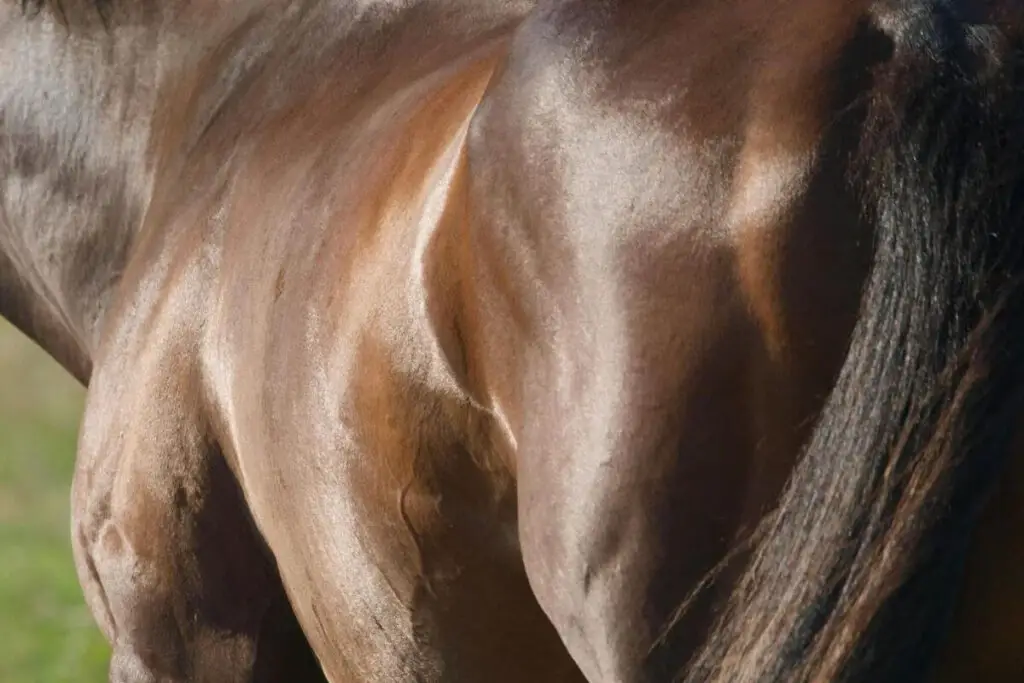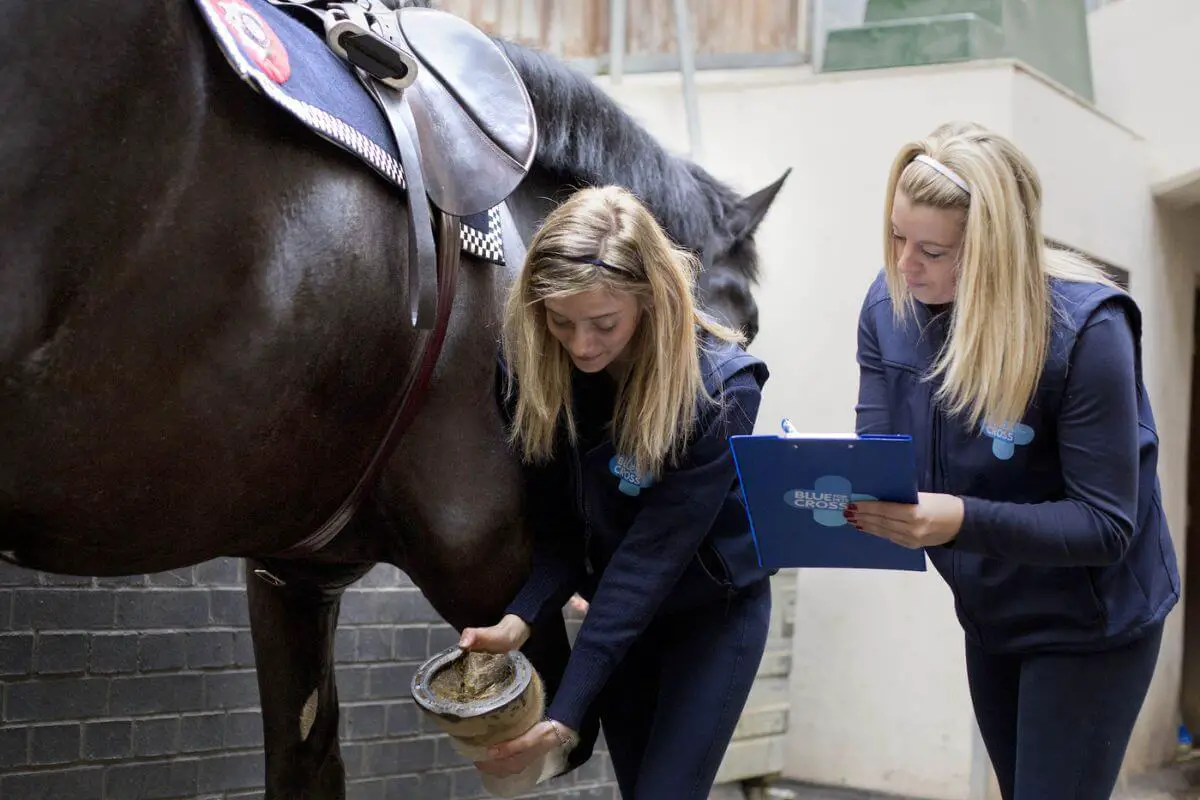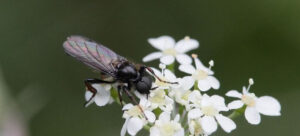Bathing a horse is not just a grooming task; it’s an art form that requires a delicate balance between hygiene and maintaining the horse’s natural skin oils. Whether you have a spirited stallion or a gentle mare, understanding the factors that influence the bathing frequency is essential for keeping your equine companion clean, healthy, and content.
1. The Equine Epidermis: The Skin’s Protective Mantle
a. Natural Oils:
- Horses possess a natural oil coating on their skin, providing protection against environmental elements. Frequent bathing can strip away these oils, potentially leading to dry skin and a dull coat.

b. pH Considerations:
- The pH balance of a horse’s skin is delicate. Over-bathing can disrupt this balance, making the skin more susceptible to irritations and conditions.
2. Coats and Colors: Mane-taining Radiance
a. Coat Types:
- Different horse breeds and individuals have varying coat types. Some horses have thicker, denser coats that might require less frequent bathing, while others with lighter coats may need more attention.
b. Color Preservation:
- Certain coat colors, especially whites and grays, are prone to staining. Horses with lighter coats may benefit from more frequent bathing to maintain a bright and vibrant appearance.
3. Sweat Sessions: Post-Workout Rinse
a. Exercise Frequency:
- Horses engaged in regular workouts, shows, or competitions may sweat more often. A post-exercise rinse helps remove sweat salts and prevents skin issues that can arise from prolonged sweat exposure.
b. Quick Rinse Routine:
- A quick hose-down or sponge bath after exercise is often sufficient. Use water without soap to maintain the skin’s natural oils while effectively removing sweat.
4. Weather Watch: Rain and Shine Bathing
a. Mud Management:
- Horses love rolling in mud, especially after rain. In muddy conditions, more frequent bathing may be necessary to prevent skin infections and irritation.
b. Sun Sensitivity:
- Sunlight exposure can lead to sunburn on certain horses, particularly those with lighter coats. Protective measures such as shade and fly sheets can reduce the need for frequent baths.
5. Mane-taining Mane and Tail: Detangling Tips
a. Regular Brushing:
- Regular brushing helps prevent tangles and matting in the mane and tail. This reduces the necessity for frequent full-body baths and allows for targeted care where needed.
b. Conditioning Products:
- Use horse-specific conditioning products for the mane and tail to keep them soft and manageable. This minimizes the need for frequent washing of these areas.
6. Bath-Time Basics: A Structured Approach
a. Mild Shampoos:
- Choose gentle, horse-specific shampoos that effectively clean without stripping essential oils. Avoid harsh soaps that can be too abrasive for their sensitive skin.
b. Gradual Introductions:
- If your horse is new to bathing, introduce the process gradually. Use positive reinforcement, treats, and soothing words to create a positive association with bath time.
Conclusion: A Symphony of Suds and Serenity
In conclusion, the ideal bathing frequency for a horse is a harmonious blend of practicality and sensitivity to their unique needs. Observing your horse’s behavior, coat condition, and activity level will guide you in crafting a bathing routine that enhances their well-being. Remember, bathing is not just a cleansing ritual but an opportunity for bonding and ensuring your equine companion feels pampered, healthy, and ready to stride gracefully through the fields.
7. Soothing Spa Days: Special Occasion Baths
a. Relaxation Rituals:
- Consider occasional spa baths for your horse as a treat. Use horse-specific spa products, such as calming shampoos or coat conditioners, to add a touch of luxury to the experience.
b. Massage Techniques:
- Incorporate gentle massage techniques during baths to promote relaxation. This not only enhances the bond between you and your horse but also contributes to their overall well-being.
8. Seasonal Transitions: Adapting to Climate Changes
a. Winter Considerations:
- In colder months, reduce the frequency of baths to prevent chilling. Use spot-cleaning methods or invest in horse-friendly blankets to keep your equine friend warm.
b. Summer Splashes:
- Warmer weather may call for more frequent baths, especially after intense exercises or during heatwaves. Ensure proper rinsing to remove sweat and cool down your horse.
9. Tailored Tackling: Addressing Skin Conditions
a. Skin Health Assessments:
- Regularly inspect your horse’s skin for any signs of irritation, dryness, or infections. Adjust the bathing routine accordingly to address specific skin conditions.
b. Veterinarian Consultations:
- If your horse develops persistent skin issues, consult with a veterinarian. They can provide insights into the best bathing practices and recommend specialized products for treatment.
10. Equine Elegance: Show Preparation Baths
a. Show-Ready Shine:
- Before horse shows or competitions, give your horse a show-prep bath to ensure a gleaming coat. Use coat enhancers and shine sprays to achieve a polished appearance.
b. Mindful Mane and Tail Care:
- Pay extra attention to the mane and tail during show preparations. Use detangling sprays and gentle brushing techniques to create a neat and well-groomed look.
11. Water Wisdom: Efficient Bathing Practices
a. Water Conservation:
- Practice efficient water use during baths. Use a bucket to wet and rinse specific areas, minimizing water wastage. This not only conserves resources but also encourages mindful grooming.
b. Scheduled Bathing Days:
- Establish a bathing schedule based on your horse’s routine. This provides predictability and helps your horse become accustomed to the bathing process.
Conclusion: A Symphony of Suds and Serenity Continues
Crafting the perfect bathing routine for your horse involves a dynamic blend of considerations. By incorporating seasonal adjustments, spa-like experiences, and addressing specific needs, you elevate the bathing ritual to a symphony of suds and serenity. This not only maintains your horse’s health but also transforms bath time into moments of joy, relaxation, and shared connection between you and your majestic companion.
12. Beyond the Hose: Dry Bathing Alternatives
a. Waterless Shampoos:
- Explore waterless shampoos for instances when a full bath isn’t feasible. These products are convenient for spot cleaning and can help maintain a fresh coat between regular baths.
b. Brushing and Wiping:
- Regular brushing and wiping with a damp cloth can remove surface dirt and sweat, providing a quick refresh without the need for a complete bath.
13. Trail Tales: Bathing on the Go
a. Portable Bathing Solutions:
- Invest in portable bathing equipment for trail rides or outdoor adventures. Portable water systems and horse-friendly wipes can be valuable for on-the-go cleansing.
b. Quick Drying Techniques:
- Ensure efficient drying methods during on-the-go baths. Equine-friendly towels or blankets can absorb moisture quickly, preventing discomfort for your horse.
14. Tailored Techniques: Catering to Individual Preferences
a. Understanding Your Horse’s Preferences:
- Pay attention to your horse’s reactions during baths. If they show signs of discomfort or stress, adjust your techniques. Some horses may enjoy gentle sprays, while others prefer a more assertive hose.
b. Positive Reinforcement:
- Use positive reinforcement, such as treats and soothing words, to create a positive association with bath time. This encourages a cooperative attitude from your horse.
Certainly! Here are some frequently asked questions (FAQs) about bathing horses:
FAQS
Q: How often should I bathe my horse?
A: The frequency of horse bathing depends on factors such as coat type, weather conditions, and the horse’s activities. Generally, a full bath every 4-6 weeks may be sufficient, but adjustments may be needed based on individual circumstances.
Q: Can I use regular shampoo on my horse?
A: It’s recommended to use horse-specific shampoos. Regular shampoos may contain harsh ingredients that can irritate the horse’s skin or strip essential oils.
Q: How do I prevent my horse’s coat from drying out?
A: Avoid over-bathing, especially in dry conditions. Use moisturizing shampoos and consider supplementing with coat conditioners to maintain the natural oils.
Q: Should I bathe my horse after every ride?
A: Not necessarily. It’s essential to rinse off sweat after intense rides, but a full bath after every ride may be excessive. Monitor your horse’s skin and adjust bathing frequency accordingly.
Q: What should I do if my horse dislikes baths?
A: Introduce baths gradually, use positive reinforcement like treats, and ensure the water temperature is comfortable. Understanding and addressing your horse’s preferences can make the process more enjoyable.
Q: Can I use human hairdryers on my horse?
A: It’s generally not recommended. Horse hair is coarser, and the heat from human hairdryers may be too intense. Opt for equine-specific drying tools or allow your horse to air dry when possible.
Q: Are there specific products for removing stains on white coats?
A: Yes, there are stain-removing shampoos designed for white coats. These products help tackle stains and maintain the vibrancy of the horse’s white or light-colored coat.
Q: Should I bathe my horse in cold weather?
A: It’s advisable to limit baths in cold weather to prevent chilling. Spot-cleaning or using waterless shampoos can be alternatives to full baths during colder seasons.
Q: Can I bathe my horse if it has skin conditions?
A: Consult with a veterinarian before bathing a horse with skin conditions. They can provide guidance on suitable products and bathing practices to address specific skin issues.
Q: How can I make bath time enjoyable for my horse?
A: Create a calm environment, use gentle techniques, and incorporate positive reinforcement. Associating bath time with positive experiences can help your horse feel more at ease.
These FAQs cover various aspects of horse bathing, offering guidance on frequency, product choices, and techniques. Adjustments may be necessary based on individual horses and their unique needs.



